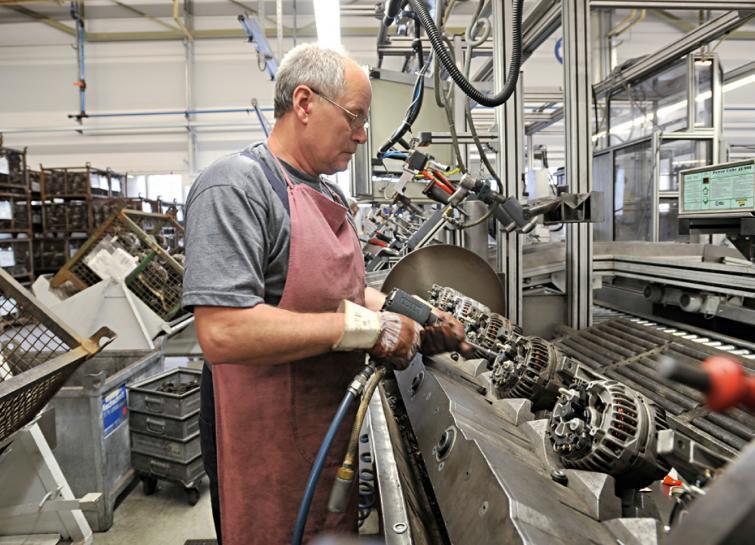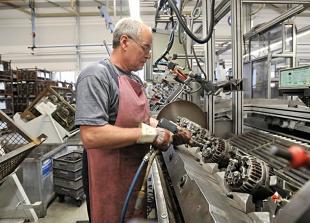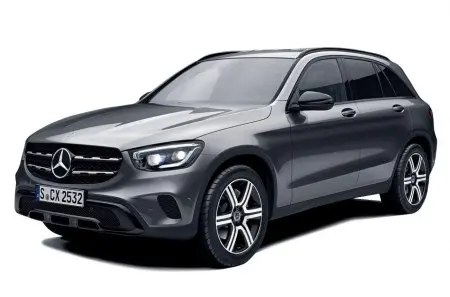
Car parts remanufacturing – when is it profitable? Guide
 In addition to original and spare parts, remanufactured parts are also available in the aftermarket. Can you trust such components and is it profitable to buy them?
In addition to original and spare parts, remanufactured parts are also available in the aftermarket. Can you trust such components and is it profitable to buy them?

The history of auto parts restoration is almost as old as the history of the car itself. During the pioneering period of the automotive industry, remanufacturing was virtually the only way to repair a car.
Many years ago, the remanufacturing of automotive parts was mainly done by craftsmen and small factories. Over time, this was taken care of by large concerns, headed by manufacturers of cars and automotive components.
Currently, the remanufacturing of spare parts has two goals: economic (a remanufactured component is cheaper than a new one) and environmental (we do not litter the environment with broken parts).
Exchange programs
The reason for the interest of automotive concerns in the regeneration of automotive parts was mainly due to the desire for profit. But, for example, Volkswagen, which has been remanufacturing spare parts since 1947, began this process for practical reasons. Just in a war-torn country, there were not enough spare parts.
Nowadays, many car manufacturers, as well as reputable parts companies, use so-called replacement programs, i.e. simply selling cheaper components after regeneration, subject to the return of the used component.
Parts remanufacturing is also a way in which car manufacturers compete with manufacturers of so-called replacements. Corporations emphasize that their product is the same as a new factory item, has the same warranty, and is cheaper than a new part. In this way, car manufacturers want to retain customers who increasingly choose independent garages.
See also: Gasoline, diesel or gas? We calculated how much it costs to drive
The warranty is also an incentive for customers of other remanufacturing companies. Some of them even run special programs that encourage users to replace a worn part with a remanufactured one or buy a worn one and upgrade it.
However, there are several conditions that a person who wants to buy a refurbished part under the exchange program must meet. Parts to be returned must be a replacement for a remanufactured product (i.e., used parts must match the vehicle's factory specifications). They must also be intact and free from damage caused by improper assembly.
Also, mechanical damage that is not a consequence of the normal operation of the car, for example, damage as a result of an accident, repairs that do not comply with the manufacturer's technology, etc., is also unacceptable.
What can be regenerated?
A number of used car parts are subject to the regeneration process. There are also those that are not suitable for regeneration, because they are, for example, for one-time use (ignition world). Others are not regenerated due to the need to maintain a safety regime (for example, some elements of the braking system).
Engine parts and accessories are most commonly remanufactured, such as cylinders, pistons, injectors, injection pumps, ignition devices, starters, alternators, turbochargers. The second group is suspension and drive components. This includes rocker arms, dampers, springs, pins, tie rod ends, driveshafts, gearboxes.
See also: Car air conditioner: mold removal and filter replacement
The main requirement for the program to work is that the returned parts must be repairable. Regenerate assemblies with damage caused by wear of consumables, as well as dynamically damaged parts as a result of various overloads, deformations and design changes resulting from a change in the working environment.
How much does it cost?
Refurbished parts are 30-60 percent cheaper than new ones. It all depends on this element (the more complex it is, the higher the price) and the manufacturer. Components remanufactured by car manufacturers usually cost more.
See also: Why does the car smoke so much? What is economical driving?
Purchasing remanufactured components is especially attractive to owners of vehicles with common rail direct injection or unit injector diesel engines. The complex technology of these systems makes it almost impossible to repair them in a workshop. In contrast, new parts are very expensive, making remanufactured diesel engine parts very popular.
Estimated prices for selected remanufactured parts
generators: PLN 350 – 700
steering mechanisms: PLN 150-200 (without hydraulic booster), PLN 400-700 (with hydraulic booster)
snacks: PLN 300-800
turbochargers: PLN 2000 – 3000
crankshafts: PLN 200 – 300
rocker arms: PLN 50 – 100
rear suspension beam: PLN 1000 – 1500
Ireneusz Kilinowski, Auto Centrum Service in Slupsk:
– Remanufactured parts are a profitable investment for the car owner. These types of components are up to half the price of new ones. Remanufactured parts are warranted, often to the same extent as new parts. However, keep in mind that most manufacturers will only honor the warranty when the remanufactured part is installed by authorized repair shops. The point is that the manufacturer of the part wants to make sure that the item was installed according to the procedure. Remanufactured components are restored using factory technology, but there are also lower quality remanufactured parts on the market from companies that do not use factory modes. Recently, many suppliers from the Far East have appeared.
Wojciech Frölichowski
